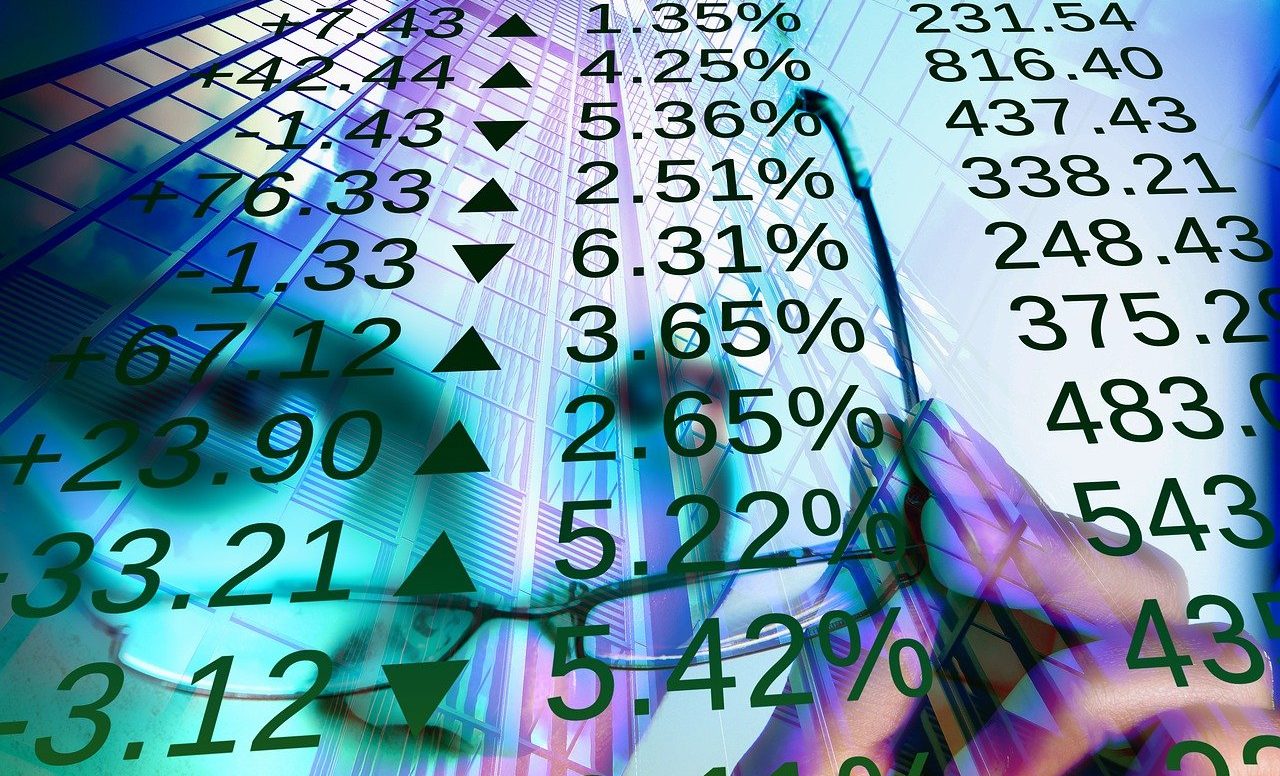In our last update, we declared that the decade-long party of low rates and quantitative easing was officially over. Spooked by inflation that proved to be anything but transitory, the Federal Reserve began raising interest rates in March and began reducing its balance sheet in earnest in the late summer. Following the Fed’s lead, global central banks have scrambled to keep up the pace despite facing significant economic and geopolitical challenges, tightening global financial conditions dramatically and slowing growth with a lagged effect. The bar is closed and the hangover is just beginning.
The biggest economic headache so far has been uncertainty. The impacts of exceptionally hawkish monetary policy combined with a sharp reduction in fiscal stimulus are still mostly unknown. There’s no question there will be unintended consequences given the pace of tightening and our complex and interconnected financial system, but we still don’t know what they will be, when they will appear, and how policy makers will respond. It can take months for the effect of higher rates to filter through the economy, although some cracks have started to appear.
The most concerning outcome thus far has been the strength of the US dollar relative to nearly every other global currency. Through 9/30, the DXY dollar index (which tracks the value of the dollar against a basket of major currencies) has risen over 17% year-to-date and gained over 6% in the third quarter alone.[1] The resulting weakness in the yen forced the Bank of Japan to intervene in their currency markets for the first time since 1998.[2] The situation in the UK has been even more dramatic. In late September, following the Fed’s decision to hike rates by 75 basis points and the release of a mini budget in the UK deemed to be inflationary, the pound dropped over 5% against the dollar in just a few days, sparking a liquidity crisis in the UK bond market. The Bank of England has stabilized the situation for now by purchasing gilts, but it is a solution that risks worsening the problem in the long run.[3]
Why is the dollar so strong? Because the dollar is the world’s global reserve currency, other countries need dollars for reserves to stabilize their own currencies, participate in global trade, and pay their USD-denominated debt. Among global central banks, the Fed was the first mover in tightening and has had the luxury of fighting inflation more aggressively since the US is more insulated from the geopolitical challenges and energy crisis faced by Europe. This has had the effect of removing more dollars from the system than other currencies, making the dollar more scarce and therefore more valuable for those who have no choice but to buy dollars. It is akin to a slow squeeze that looks likely to continue until the Fed changes course.
Why is a strong dollar a bad thing? After all, a strong dollar should help us fight inflation by reducing the cost of imports. Unfortunately, the benefits of cheaper imports are outweighed by the costs. The US economy is part of the global economy and can’t be viewed in isolation. As exports become more expensive, they make American businesses less competitive globally. Slowdowns in the economies of our major trading partners caused by currency weakness and responses to it will have ripple effects that slow growth globally. In a worst-case scenario, a dollar that is too strong could trigger debt crises in both emerging and developed markets.
For now, the Fed has not signaled that they will back off tightening in response to the strong dollar. But, like the drunk at the bar begging for “just one more” after last call, hope springs eternal. Equities sharply rallied over the summer on the narrative of a Fed pivot and then sold off in September when the pivot failed to materialize. We still don’t see any evidence in the labor market or inflation data to support a change in the Fed’s trajectory. Job openings fell slightly in September but there are still 1.7 jobs for every jobseeker and the unemployment rate fell to 3.5%, the lowest level since 1968.[4] We think they will keep tightening until something breaks and they are forced to switch gears and support market functioning.
We are not at the “something breaks” point yet, but we are getting closer, and it is not just the dollar we need to worry about. Mortgage rates continued their relentless move upward and ended the quarter at 6.9%.[5] Housing prices have not dropped by nearly enough to offset higher rates, pushing affordability to extremely low levels. Office vacancies are high and rising as workers are rejecting demands to return to the office and companies look to pare costs ahead of a slowdown, which has the potential to ripple through the Commercial Mortgage-Backed Security (CMBS) market. The financial services sector is beginning to look vulnerable. Credit Default Swap (CDS) spreads on Credit Suisse, which measure the cost to insure their bonds against default, spiked in late September to levels worse than 2008.[6] CDS spreads also widened for other European and even US banks, implying rising default risk at many global strategically important financial institutions.
Any of the above could be the catalyst for the Fed to pause or pivot, even against the backdrop of a strong labor market and high inflation, bringing back a risk-on environment. Before that happens, though, we would expect to see even more pain in markets. Our portfolios will remain positioned defensively until it becomes clear that the Fed cannot continue.
________________________________________
[1] Source: Bloomberg, DXY Index[2] https://www.reuters.com/markets/asia/boj-keep-ultra-low-rates-remain-global-outlier-despite-weak-yen-2022-09-21/
[3] https://www.theguardian.com/business/2022/oct/11/bank-of-england-bond-buying-pension-funds-kwasi-kwarteng
[4] Source: Bloomberg, JOLTS Survey, September 2022
[5] Source: Bloomberg, Bankrate 30 Year Mortgage Rate
[6] Source: Bloomberg, Credit Suisse 1Y and 5Y CDS
________________________________________



